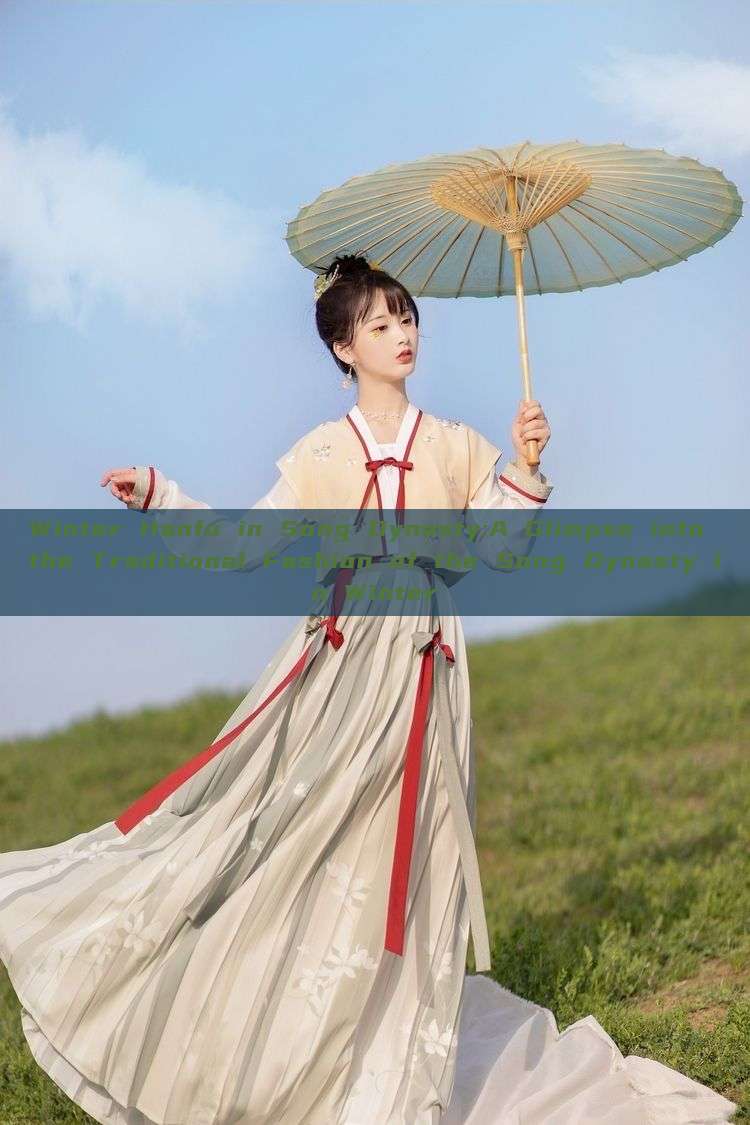Winter Hanfu in Song Dynasty:A Glimpse into the Traditional Fashion of the Song Dynasty in Winter
In the Song Dynasty (960-1279 AD), Hanfu, the traditional Chinese clothing, experienced a remarkable evolution in design and cultural significance. Winter was a particularly significant season for the wearing of Hanfu as layers of clothing provided warmth and also reflected the wearer's social status and cultural identity.

The winter Hanfu of the Song Dynasty was a blend of sophistication and simplicity. The use of rich materials like silk, cotton, and even animal fur became common, emphasizing warmth and comfort. The designs were intricate, often featuring patterns like floral prints and geometric shapes that were both aesthetically pleasing and symbolically meaningful. The vibrant colors like deep reds, blacks, and golds were popular choices for winter Hanfu, reflecting the cultural values of the time.
The outer layers of winter Hanfu often consisted of long jackets or cloaks, often with wide sleeves and intricate patterns. These jackets were layered with undergarments to provide warmth during the colder months. The use of multiple layers was a common practice to retain heat, while also ensuring flexibility and ease of movement.
The footwear worn during winter was also an integral part of Hanfu culture. Boots made from leather or silk were common, often with intricate patterns and designs. These boots not only provided warmth but also served as a symbol of social status and cultural identity.
Accessories were an important aspect of winter Hanfu as they added to the warmth and also enhanced the wearer's appearance. Scarves, hats, and mittens made from silk or fur were common accessories that provided warmth during the colder months. These accessories were often intricately designed and embroidered, reflecting the wearer's cultural heritage and social status.
The Song Dynasty also witnessed a shift in the way Hanfu was worn. As the culture evolved, men and women began to wear different styles that reflected their gender roles and social status. Men's Hanfu often featured simpler designs while women's Hanfu were more intricate and decorative, reflecting their role in society and their status as individuals.
The winter Hanfu not only served its primary purpose of warmth but also acted as a medium for cultural expression and identity. It reflected the wearer's social status, beliefs, and values. The intricate designs, vibrant colors, and use of rich materials all contributed to the cultural significance of Hanfu in the Song Dynasty.
In conclusion, winter Hanfu in the Song Dynasty was a reflection of cultural evolution and traditional values. It not only provided warmth but also served as a medium for cultural expression and identity. The intricate designs, vibrant colors, and use of rich materials continue to inspire people today, reminding us of the rich cultural heritage of China's past.

 Previous Post
Previous Post



